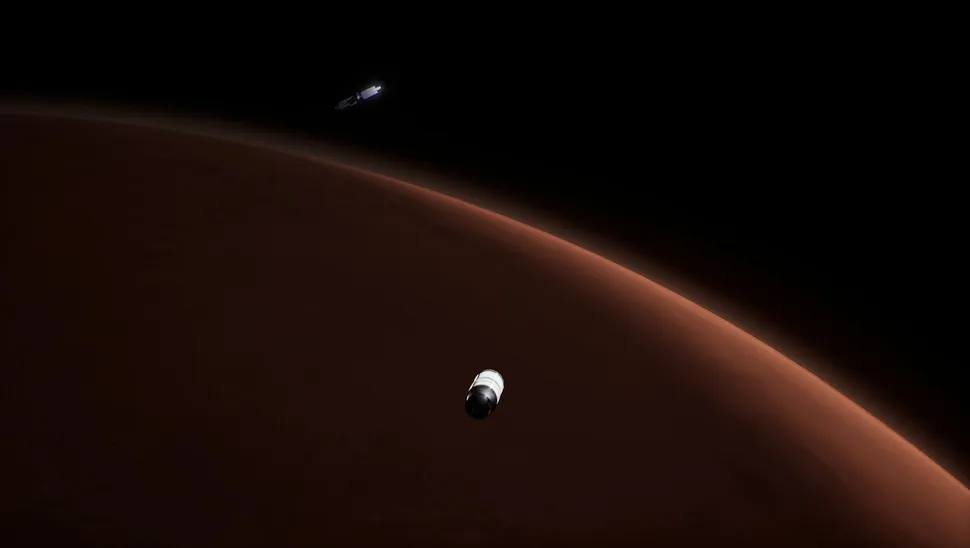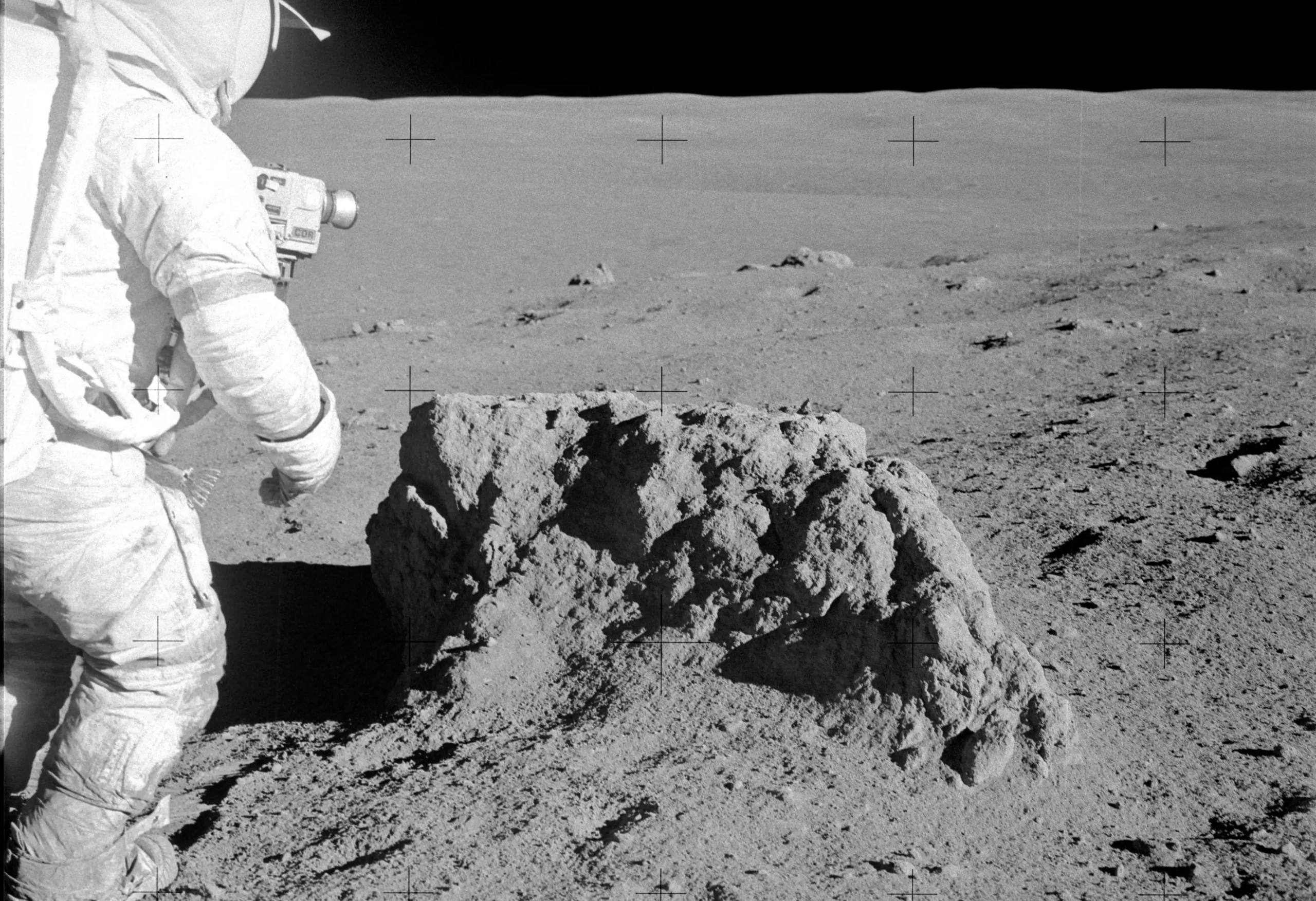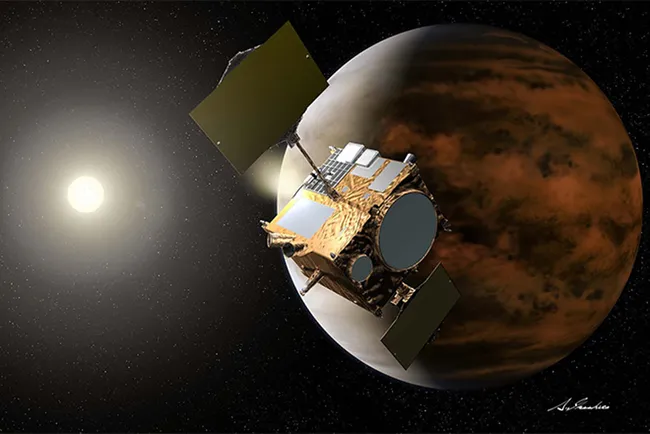NASA’s once-promising Mars Sample Return (MSR) mission may have a second chance at life — thanks to a bold new $3 billion proposal from aerospace giant Lockheed Martin.
The original MSR plan, which involved retrieving rock samples collected by the Perseverance rover on Mars and bringing them to Earth, is on the chopping block. Citing budget constraints and projections that ballooned to $11 billion, the Trump administration’s 2026 fiscal proposal placed the program at risk of cancellation.
But Lockheed Martin, which has built half of NASA’s Mars spacecraft over the decades, isn’t giving up. In a proposal issued on June 26, the company pitched a slimmed-down, commercially led MSR mission at a firm-fixed price under $3 billion.
A Leaner, Simpler Approach
Lockheed’s plan centers around using smaller and more efficient systems: a compact lander derived from the 2018 InSight mission, a scaled-down Mars ascent vehicle, and a lighter Earth re-entry capsule. These design choices aim to reduce cost without compromising the mission’s scientific goals.
“Our goal is to utilize existing designs and streamline operations… while managing risk and reducing oversight,” Lockheed stated.
“This would significantly lower the total cost from the currently projected $7 billion.”
The company also emphasized its extensive background in space sample return missions, having built all of NASA’s robotic sample return spacecraft — including OSIRIS-REx, which successfully returned samples from asteroid Bennu in 2023.
Not the Only Plan on the Table
Lockheed’s bid comes in response to a NASA-wide call for affordable alternatives. Last year, Rocket Lab submitted its own budget-friendly Mars return concept.
Meanwhile, China is racing ahead with its Tianwen 3 mission, scheduled for launch in late 2028. If successful, Beijing could be the first nation to return Martian rocks — potentially containing signs of ancient life — to Earth.
Humans Over Robots?
NASA’s shifting focus may also be part of the problem. The Trump administration’s budget proposal leans toward crewed missions to Mars, leveraging SpaceX’s Starship mega-rocket in development. Though sending humans to the Red Planet is far more ambitious (and risky), it could eventually yield larger, more varied samples of Mars’s surface.
Still, Lockheed argues there’s no need to wait.
“By reducing complexity and leveraging proven technologies,” the company wrote, “we can unlock Mars’s secrets now — and pave the way for future astronauts.”
The future of Mars exploration hangs in the balance. Whether it’s robots, rockets, or rival nations, one thing is clear: the race to bring Mars to Earth is far from over.







